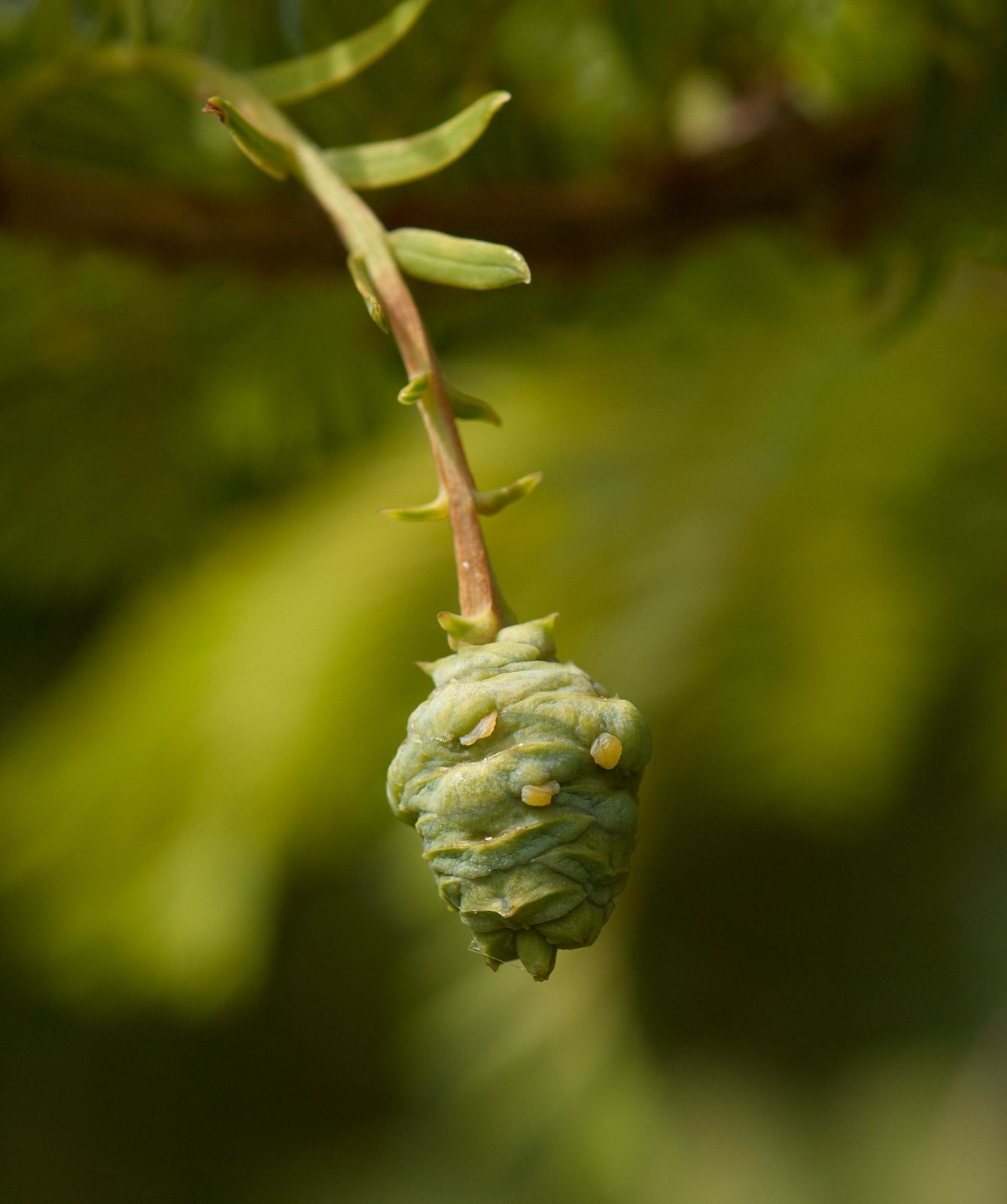

It is a most attractive, deciduous tree, conical-shaped when young, with bright-green, feathery foliage growing rapidly in its early years. Fortunately for us, however, this beautiful tree, the probable ancestor of the American Sequoias, has proved to be very amenable to cultivation, and is strong-growing, vigorous, hardy and, always an asset, the seed germinates in only a couple of weeks or so. At that time the tree was on the verge of extinction with only three survivors remaining in Szechwan and a further 1000 scattered in neighbouring Hupeh, and the natives still felling them for their timber. This was in the winter of 1941 although it was not until 1946 before details of the discovery were published. In what, therefore, has been described as one of the most remarkable botanical discoveries of the century, a Chinese Professor of Forestry quite by chance spotted a specimen in a village called Mou-tao-chi in Szechwan province in China. This paper represents a synthesis of more than 1000 original letters, manuscripts and. The Families of Trees in the Sierra Nevada.

Got Conifer - How You Can Tell What Kind of Conifer You Have.

Pine Trees - Your 60-Second Guide to Naming your Pine. Dawn Redwood (Metasequoia glyptostroboides) - Time Chart - longevity, history, pre-history. However, information has often departed considerably from the true story. Based on new census surveys recently performed by local government representatives, as well as two complementary and expanded expeditions conducted in 19, we present an updated database of the distribution of known native Metasequoia glyptostroboides trees in an area formed by western Hubei, eastern Chongqing, and northern Hunan in south-central China. Dawn Redwood (Metasequoia glyptostroboides) - Introduction. Although very similar species had been known to paleobotanists who studied their fossil remains from strata as old as ecocene (70 million years old) beds in coal mines in Manchuria, such species were not thought still to exist in the living state. Ever since the 'living fossil ', Metasequoia glyptostroboides, was discovered during the 1940s in China, accounts of its mysterious discovery and introduction throughout the world have been told many times in different languages. In many ways, this is one of the most interesting species we have in the catalogue, and it truly justifies its description as a living fossil.


 0 kommentar(er)
0 kommentar(er)
